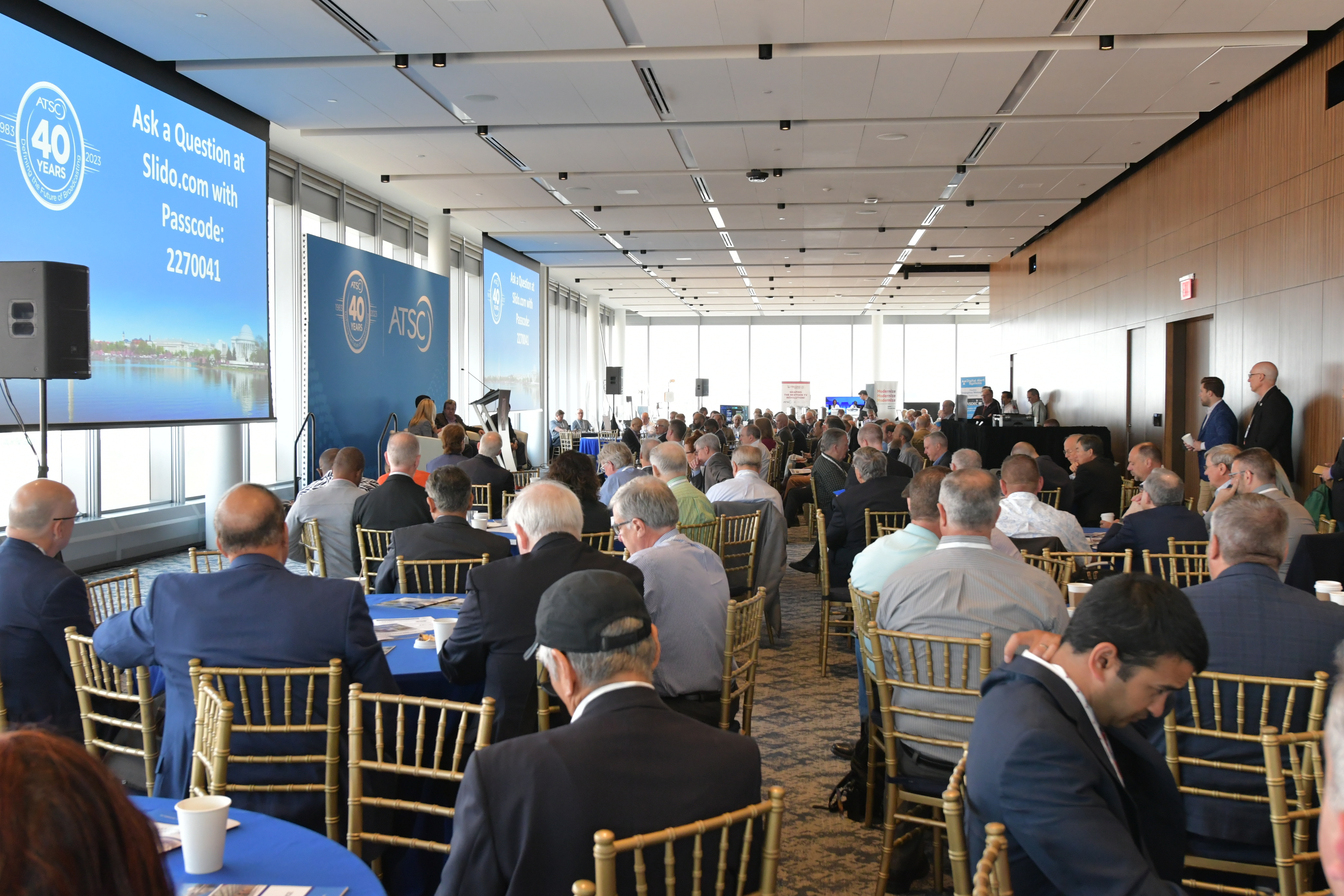
WASHINGTON—As the Advanced Television System Committee marks its 40 anniversary at its annual meeting this year at D.C.'s Spy Museum, the group also sees the status of ATSC 3.0 as at a sort of crossroads—celebrating the success of NextGen TV— now on the air in more than 60 markets—while wondering how long before broadcasters can sunset 1.0 and give 3.0 some breathing room to realize its full potential.
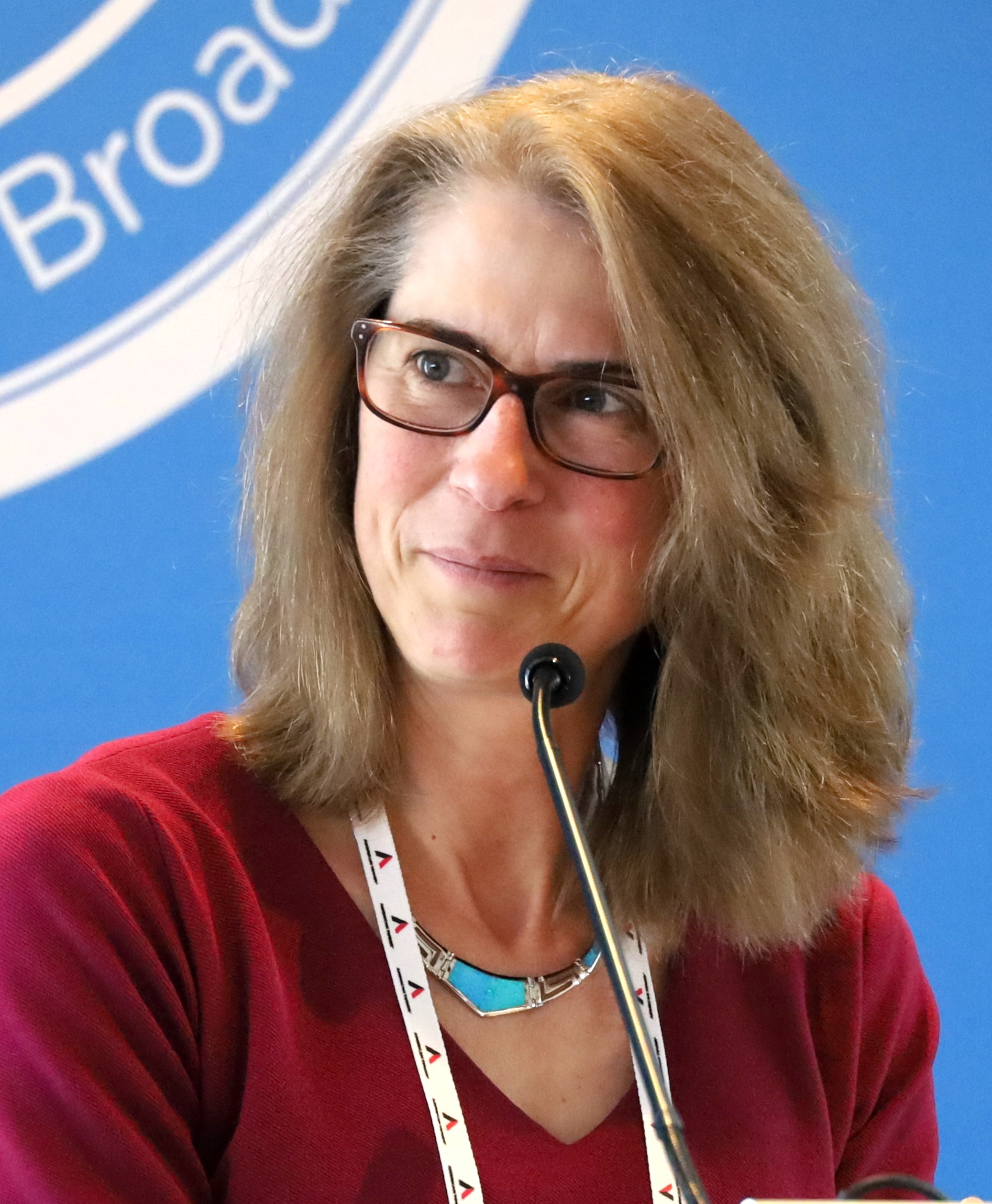
Opening the conference, ATSC President Madeleine Noland discussed the year's progress, noting that in addition to the adoption of 3.0 by the Republic of Trinidad & Tobago last year, two Mexican TV stations have just filed for 3.0 experimental licenses. In addition to South Korea and Jamaica—two other 3.0 countries—Canada, Brazil and India are also doing their own R&D on adopting all or parts of the standard.
While presentations at the June 15 conference covered a lot of new and diverse ground, including new revenue streams from OTA datacasting, greatly enhanced emergency messaging methodologies, and the use of 3.0 signals as an adjunct to GPS, the unresolved issue of setting a deadline to shutter 1.0 was on the minds of many of the 240 broadcasters, manufacturers, academics, scientists, engineers and others at the all-day event.
Is It Really the Endpoint?
Setting a timeline for ending 1.0 is one of the stated goals of the FCC's "Future of Television" initiative announced by FCC Chair Jessica Rosenworcel at the NAB Show in April. This was the main topic of conversation between Noland and FCC Commissioner Nathan Simington.
“I think that a lot of people in this room believe that ATSC 1.0 needs to have a hard sunset target, and that we should migrate to 3.0 at that point,” said Noland. “Is that something the current commission is ready to take up?”
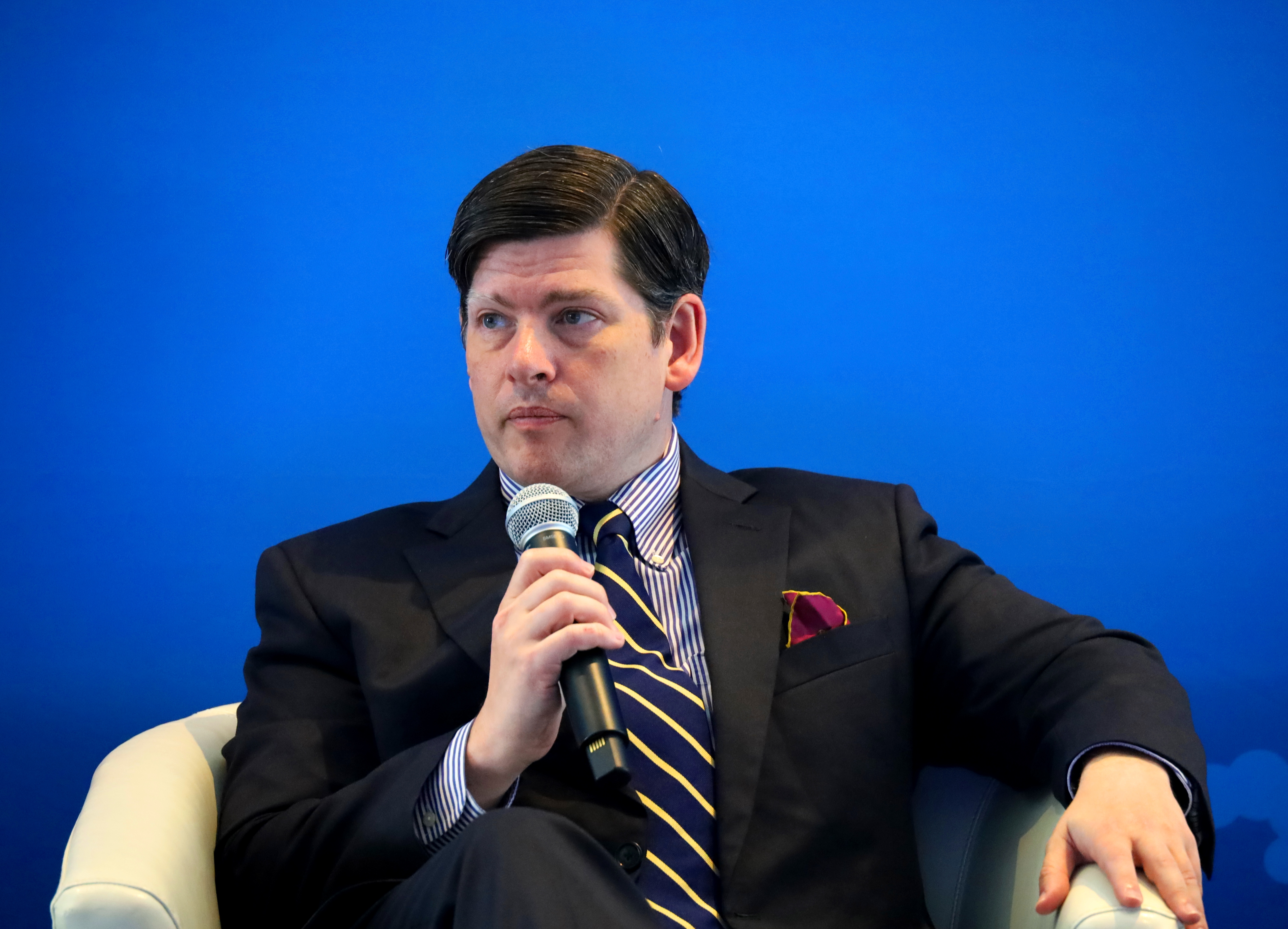
“I’m not sure that turning off 1.0 is exactly what we should view as the endpoint of a successful transition,” SImington replied. “I think more that having differentiation between the 1.0 and 3.0 content, having people preferentially gravitate towards the 3.0 content, and having new universal penetration of 3.0 and new devices are the goals that would make it easy to get to a terminal date for 1.0, and it seems like it’s is easier to accomplish by a pull than by a push; that is setting a cutoff date.”
Simington opined that laying out a finite date for discontinuation of 1.0 would undoubtedly upset viewers, and that an evolutionary process for winding the service down might be better in the long run.
“Setting a cutoff date is always going to attract the ire of people who feel they will be left behind,” he said. “[When] there’s affirmative uptake by the viewing public on the benefits of 3.0, [then] every 1.0 set becomes obsoleted, and then hopefully, at that point turning off 1.0 becomes totally non-controversial because then everyone will have forgotten it was there.”
When questioned by the audience, “what does the industry need to do to get a sunset date for 1.0?” Simington replied that this was something that would have to be agreed upon by a majority of his associates. “It would require a decision by other commissioners, so I don’t think I could win on that now,” he said.
While Simington agreed that the country needed “to get away from 1.0 as fast as possible,” he observed that it would likely not be an easily accomplished goal.
“I think we’re unlikely to win the fight if pushed to establish a date,” he said.
Early Sunset for Some Stations
Defining an endpoint for 1.0 can't come about without the availability of consumer devices in addition to TVs, a point that was driven home by Alex Day, vice president of Tolka Telecommunications which, along with Atlanta DTH is releasing the first NextGen TV-certified box this summer for $95.
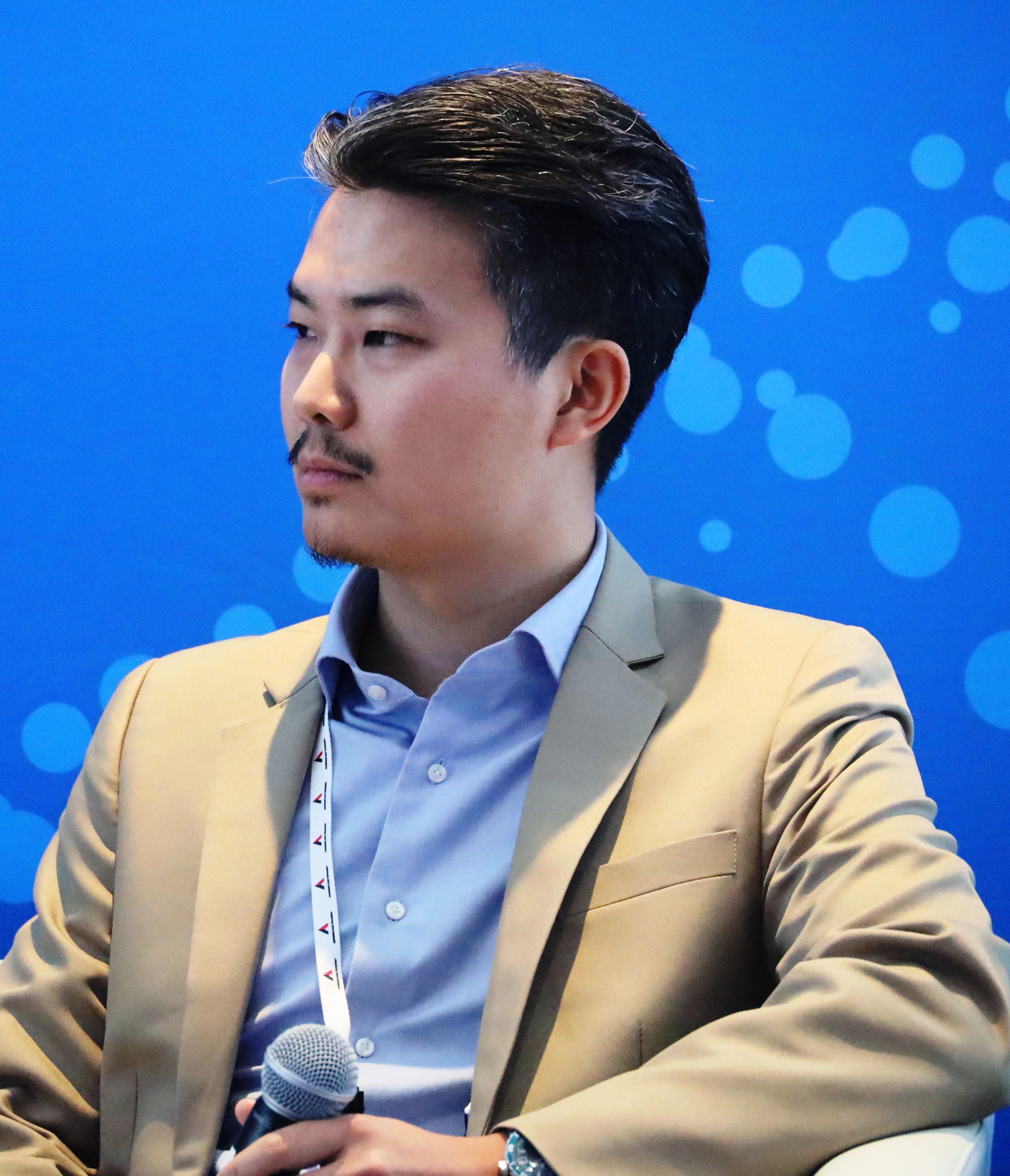
“Affordable and easily accessible devices are needed to accelerate the 3.0 transition,” he said.
Some broadcasters may not have the ability to share in a lighthouse station setup, particularly rural public broadcasters. Lonna Thompson, EVP, COO and general counsel for America’s Public Television Stations (APTS), noted that a certain class of TV broadcaster doesn’t have to wait for the establishment of an official sunset date to cease 1.0 transmissions if certain conditions are met.
“Pubic television covers nearly 97% of the population in this country. We have a statutory universal service mandate,” said Thompson, explaining that public stations where the need to reach the public with OTA broadcasting, rather than where commercial viability exists.
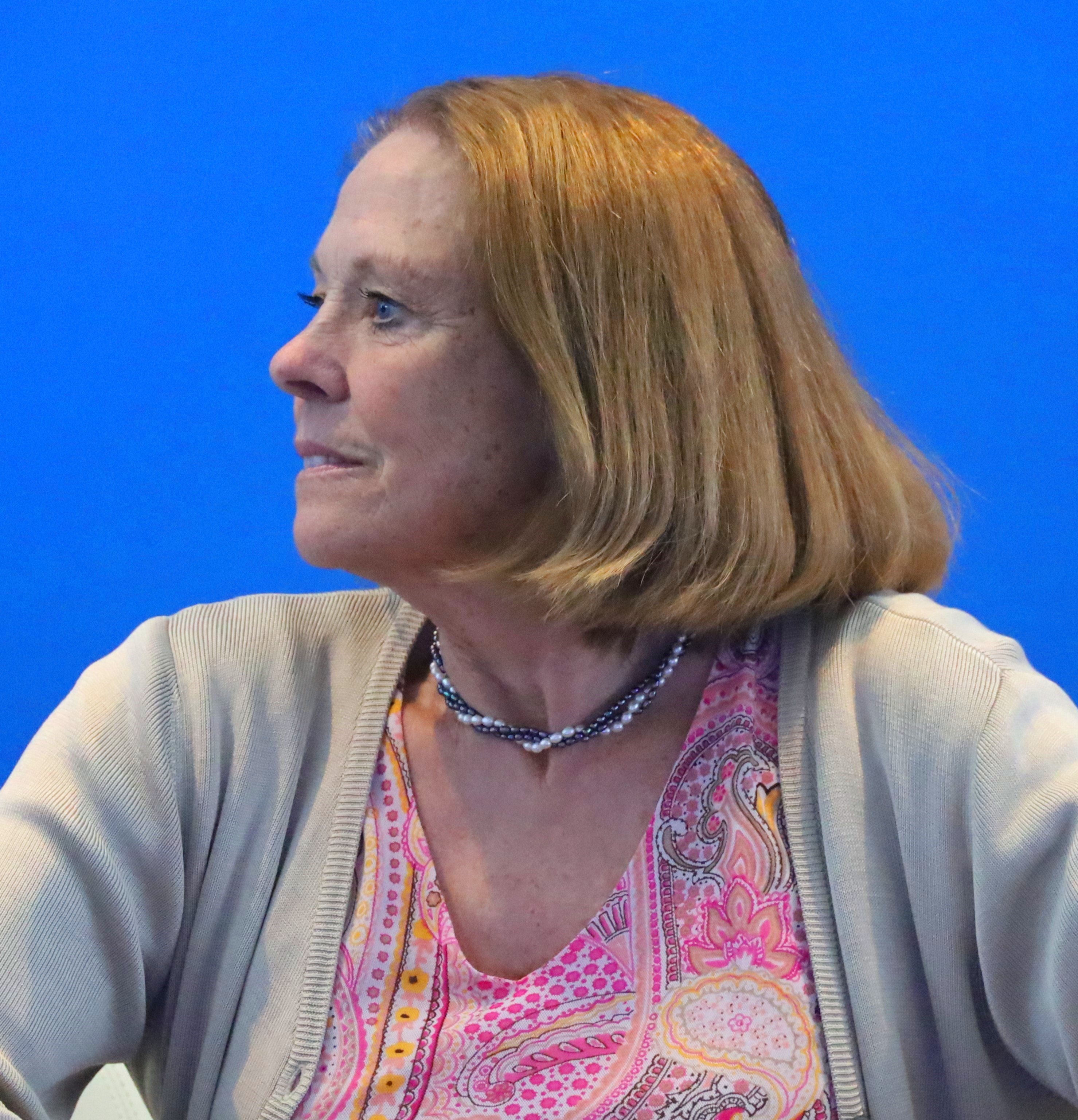
“Our state licensees have a mandate to cover the entire state, so we’re often sited in fringe areas of the state, not in urban areas. We have about 350 transmitters and a network of nearly 600 translators to try to reach rural areas around the country. Because of that, it’s difficult often for our stations to find simulcast partners.”
Thompson explained that due to this, the FCC was petitioned to exempt public TV stations to broadcast 1.0. and 3.0 and that while the exemption wasn’t granted, the commission did agree to issue a presumptive waiver of the 1.0 signal requirement if a broadcaster didn’t have a viable simulcast partner in its area. However, there were some conditions that had to be met, including the assurance that the station’s viewing audience had access to 3.0 receivers or conversion devices.
“The FCC said you could do a 1.0 to 3.0 flash cut if you have a pre-emptive waiver, but you must give people without 3.0 devices such [conversion devices] at no or low cost” stated Thompson, adding that it made sense for public stations to provide the viewers with 3.0 devices for free in order to move things forward.
“The trick here is that the cost of devices must be covered by the public TV station. We need low-cost converter boxes. Their arrival is great news for us.“
'The Stakes Are High'
NAB President/CEO Curtis LeGeyt closed out the day’s activities with an address to conference attendees in which he praised the work of the ATSC and also observed that the transition needs to be wrapped up sooner rather than later.

“For more than a decade, you all have been working to develop a technology that is going to ensure the ongoing relevance of broadcast television for consumers all across the country,” said LeGeyt. “Make no mistake about it. From where I sit, the stakes are that high. When you think about the landscape in which we are competing today with Apple, Amazon… we simply will not be relevant without an upgraded standard, and we’re doing something that none of these others are doing, which is providing a local boots-on-the ground trusted presence, that’s free to anyone who wants to access us.
"That is more important than it’s ever been, and I’m grateful for your efforts on the technological side to ensure we’re all the more relevant as we move forward than we have been over the past several decades. So, thank you for your work on that.
“I’m extremely excited about the FCC’s recent announcement on the future of television initiative. I want to underscore just how meaningful this is, to bring this transition from where it is today to the completion….the benefits of NextGen television are only going to be a reality for consumers only if we can get the entire country transitioned.”
On Wednesday evening, the ATSC awarded this year’s Bernard J. Lechner Outstanding Contributor Award to Glenn Reitmeier and the 2023 Mark Richer Industry Leadership Medal to India's Saankhya Labs. The association also recognized Lynn Claudy (NAB), Brian Markwalter (CTA), and Andy Scott (NCTA) for their diligence and tireless efforts on behalf of the association, naming them the “Ironmen of ATSC.”







